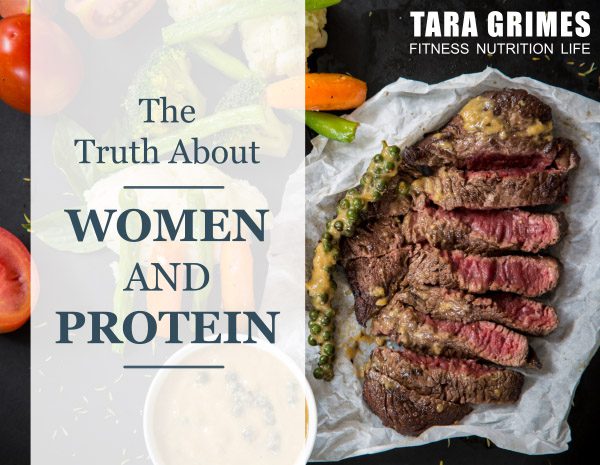My Personal trainer says that its really important to use macronutrients properly for fat loss, I’m confused as I thought it was calories in Vs Out?
While a “calorie is a calorie” for weight loss purposes alone, a calorie is not a calorie when it comes to optimising body composition. What you eat matters very little if your trying to see the number go down on the scale, but it matters very much if you’re trying to lose fat and not muscle.
For your weight loss regime to be maximally effective, you want to restrict calories but also eat enough protein and carbohydrate to preserve muscle mass and performance and enough fat to maintain healthy hormone levels as well as general health.
While that sounds complicated, it’s not. In fact, it’s probably the simplest way of going about dieting.
Is it better doing high reps with low weights to create that toned, defined look?
Many “gurus” recommend high weight, low rep to “shred up” but I believe this is the complete opposite of what you want to do.
Your body is primed for muscle loss when in a calorie deficit, by focusing on high reps ranges you’ll set yourself up for rapid strength loss and potential for significant muscle loss as well.
The key to preserving strength and muscle loss is to lift heavy weights. Progressively overload your muscles ensuring that muscle growth rates remain high to prevent muscle loss.
Remember, the bottom line in getting defined is getting really lean by having a fair amount of muscle and low body fat – nothing else. Bringing your muscles out with tons of reps does nothing to improve your overall look.
I would love to eat clean but it sounds expensive and I live on a fairly low income.
It s very possible with a little forethought to pack your meals full of nutritious foods without breaking the bank. Here are 10 tips to trim your waistline and your wallet.
- Buy frozen vegetables. Usually picked and packed at source, retaining much more vitamins and minerals that fresh.
- Chicken, its cheap, high in protein and low in fat.
- Eggs, great source of protein, and costs just approx 15pence per egg.
- Avocado, great source of healthy fats, and now available frozen at major supermarkets.
- Oats, top quality carbohydrate, full of fibre. Buy loose and in bulk, saving money.
- Brown Rice. A staple high fibre carbohydrate, buy in bulk, as it’s cheaper per gram.
- Don’t buy in small packages. Buy large and then divide into smaller portions for storage and use.
- Buy in Farmers markets. Its fresh wholesome, less expensive and your supporting local farmers.
- Grow your own herbs. Homegrown is best. Take snips of what you need and its costs pennies.
- Cook yourself. You can control ingredients, calories and portion size compared to high price fast food joints or other restaurants.


